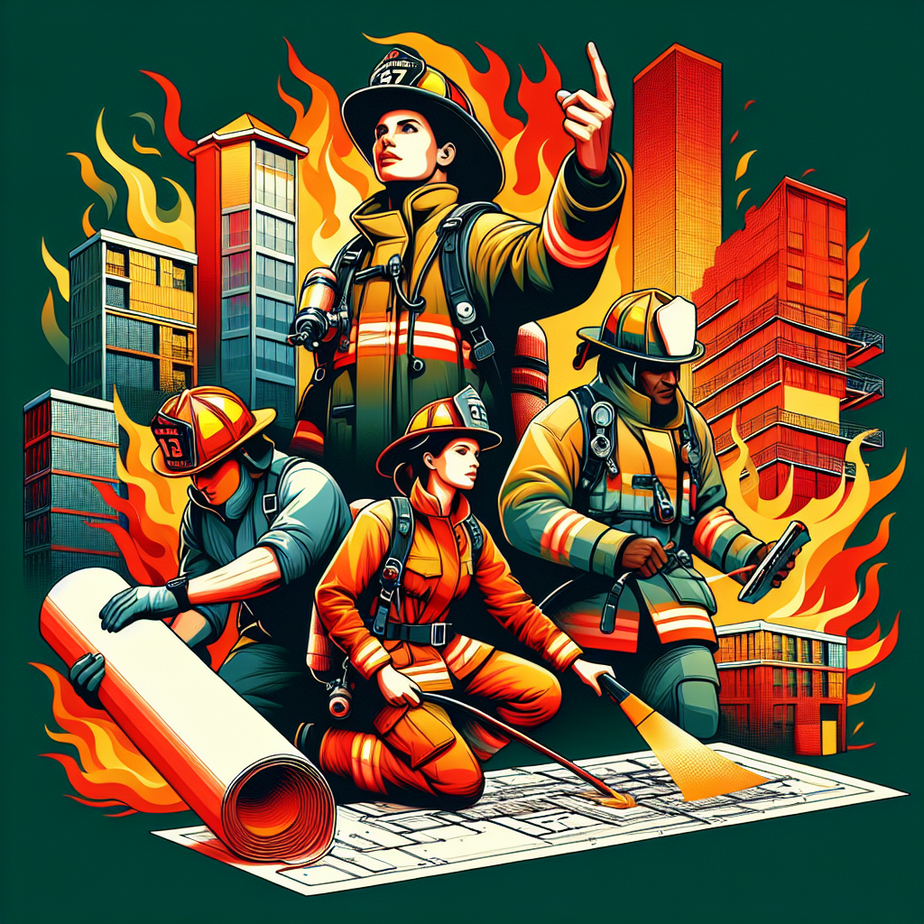🔥 Firefighting Lessons Learned: Improving Operations for Future Success
1️⃣ The Power of Teamwork Saves the Day
Firefighting isn’t a solo sport—it’s the ultimate team game. Whether tackling a raging bushfire or a house inferno, every firefighter depends on their crew. Trust, communication, and quick decision-making can mean the difference between controlling a fire or losing ground.
Imagine this: You’re deep in the bush, a firestorm roaring around you. Embers rain like fiery confetti, and visibility is worse than a foggy winter morning. Alone? You’re in trouble. With a well-trained team? You stand a fighting chance.
One of the key lessons Australian firefighters have learned over decades of battling fires—whether in dense forests, outback grasslands, or suburban neighborhoods—is that no one succeeds without their crew. Every member has a role: hose operators, pump controllers, safety officers, and aerial support teams. When one falters, the rest lift them up.
🤝 Lesson: Never underestimate the power of teamwork. Training together, communicating effectively, and having each other’s backs can mean life or death on the fireground.
2️⃣ Adaptability is Key in Unpredictable Situations
Fire is as unpredictable as a kangaroo on a trampoline. Winds shift, fuel loads explode, and what seemed like a manageable blaze suddenly turns into a wall of unstoppable destruction.
💨 Picture this: A crew sets up firefighting lines, confident they have the fire under control. Then comes a scorching wind gust, pushing flames in the opposite direction. The entire plan? Out the window.
Australian firefighters have learned to expect the unexpected. Bushfires don’t follow scripts, and urban fires can quickly become structural collapses. Adaptability allows crews to pivot, reassess, and execute new action plans within moments.
🎯 Lesson: Staying flexible and thinking ahead ensures firefighters can react to sudden changes without hesitation. Rigidity in operations can be dangerous—adapt or be overwhelmed.
3️⃣ Equipment Will Fail – Always Have a Backup
Ever tried putting out a fire with a hose that suddenly runs dry? Not an ideal situation! Equipment failure is a reality in firefighting, whether it’s a faulty pump, low water pressure, or even a melted face shield.
🔥 Real-life Nightmare: A brigade tackles a bushfire, relying on their main tanker for water. Mid-attack, the pump seizes. No water. The fire isn’t pausing for a repair job, and there isn’t a convenience store selling spare pumps nearby. They need to act—and fast.
This hard-earned lesson has led Aussie firefighters to develop fail-safes, redundancies, and backup plans. Crews are trained to immediately find alternative water sources, use secondary hoses, and switch strategies if the expected equipment lets them down.
🛠 Lesson: Expect gear to fail at the worst moment. Have backups, know how to troubleshoot under pressure, and always plan for the worst-case scenario.
4️⃣ Reading the Fire’s Behavior is a Life-Saving Skill
Fires communicate—if you know how to listen. The difference between a manageable blaze and a catastrophe lies in a firefighter’s ability to read smoke color, flame patterns, and environmental conditions.
🌫 Example: Thick black smoke? That’s synthetic materials burning, often signaling intense heat and danger ahead. Fast-moving grass fires pushed by dry winds? They can outrun vehicles, trapping crews before they even realize they’re in trouble.
Australian firefighters are trained to read these signs in seconds, using knowledge combined with gut instinct. The ability to read a fire’s behavior means predicting its next move—valuable intel when making split-second decisions to evacuate or attack.
👀 Lesson: Fire always tells a story. Learn to read it, understand its behavior, and use that knowledge to stay two steps ahead.
5️⃣ Mental Resilience is Just as Important as Physical Strength
Firefighting is physically brutal—but the mental challenges can be just as tough. Long shifts, extreme heat, heartbreaking losses, and non-stop pressure take a toll.
🔥 Picture this: A crew has been battling a wildfire for 12 exhausting hours. They’re drenched in sweat, covered in soot, and their boots feel like they weigh a ton. The fire doesn’t care if they’re tired—it keeps raging.
Mental resilience is what keeps firefighters going when exhaustion sets in. Seasoned firefighters know that emotional and psychological well-being are just as critical as physical fitness. Dealing with trauma, processing experiences, and looking out for each other outside of the fireground is crucial for long-term sustainability in this tough profession.
💪 Lesson: A firefighter’s mind needs just as much training as their body. Mental preparedness, peer support, and knowing when to take a break can prevent burnout and long-term stress.
🚒 Wrapping it Up
Australian firefighters face some of the most intense fire conditions on the planet. Through experience, training, and tough lessons, they continue to refine their strategies to stay safer and more effective.
From teamwork and adaptability to understanding fire behavior and maintaining mental resilience, these lessons aren’t just about putting out flames—they’re about surviving and improving for future battles.
Got a firefighting story or experience? Share it in the comments or check out our other articles for more insights into the incredible world of firefighting! Stay safe, stay ready, and keep learning. 🔥🚒






